Motion is the process of an object moving or being moved. Motion that repeats is said to occur in a pattern. We can observe patterns of motion to make predictions about how things will move in the future. The force that slows down moving objects is called friction.
To better understand patterns of motion and friction…
LET’S BREAK IT DOWN!
Force and Motion: A pattern of motion is the repeated processes of an object moving.
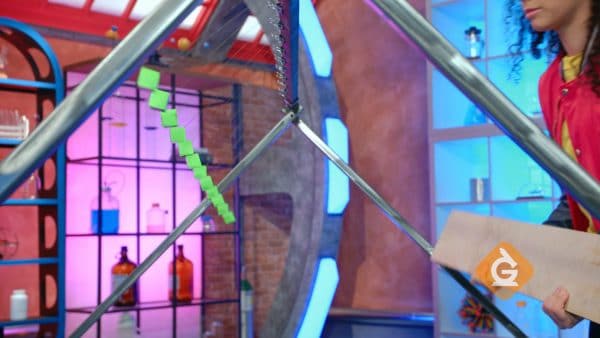
Motion can be straight (like an arrow being shot at a target), circular (like a merry-go-round), up and down (like a pogo stick), zig-zag (like skiing), side-to-side (like dancing).
Some motion is a combination, like a swing. When you are swinging you are moving up and down, as well as forward and back. When the same motion repeats over and over, it creates a pattern.
A pendulum is a weight on a string that hangs from a single point. Pendulums swing to create a pattern of motion. The length of the string affects the pattern it creates. For example, short strings swing fast. Pendulums will continue to swing in the same pattern until a force, such as friction, stops them.
Predicting Motion: Patterns of motion can be used to make predictions.
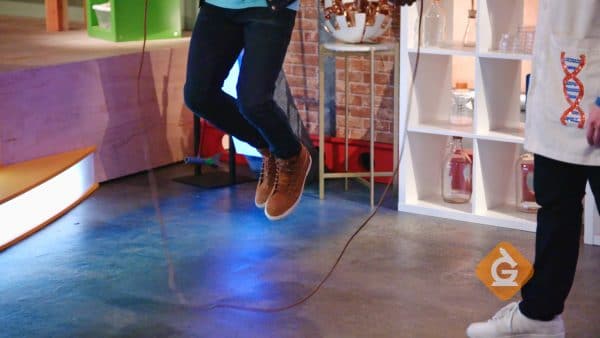
If we know the pattern that a moving object is following, we can make predictions about where it will be in the future. For example, when you jump rope you are using the pattern to predict when to jump.
You can use information from patterns to make lots of predictions, like how many swings you can do at recess or when to swing your baseball bat to hit a ball.
Types of Friction: When one surface rubs against another we get friction.
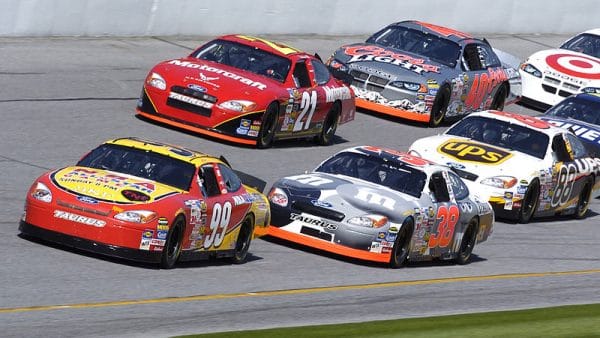
When you rub your hands together on a cold day to warm them up, you are using friction.
Friction slows things down and creates heat. All types of matter can cause friction, even air! Air resistance is a form of friction that slows down cars, trains, and airplanes. Scientists design their shape to reduce friction from the air. This is called streamlining.
Effects: Friction slows things down.
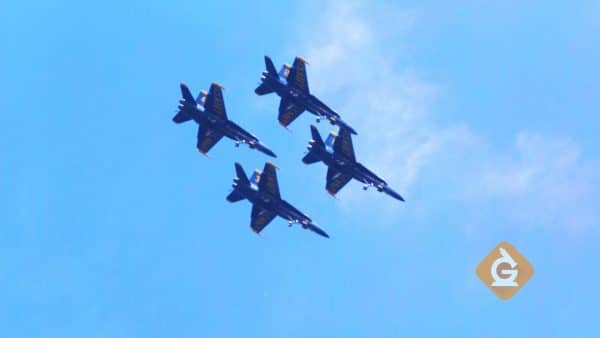
Some surfaces cause more friction than others, like rough surfaces. The treads on the bottom of your sneakers keep you from slipping. In this case, friction is beneficial.
Sometimes you want less friction. Air resistance is a form of friction that slows down all moving objects. Cars, trains, and airplanes are designed to reduce air resistance. This is called streamlining.
Another way to reduce friction is to change the types of materials that contact each other. If you have a squeaky door hinge, the noise is created when parts of a door rub against each other. Adding a lubricant, such as oil or grease, will make the squeak go away.
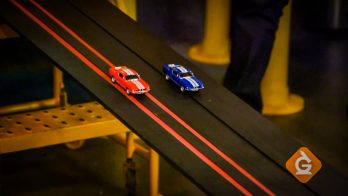
































































































































 Select a Google Form
Select a Google Form









